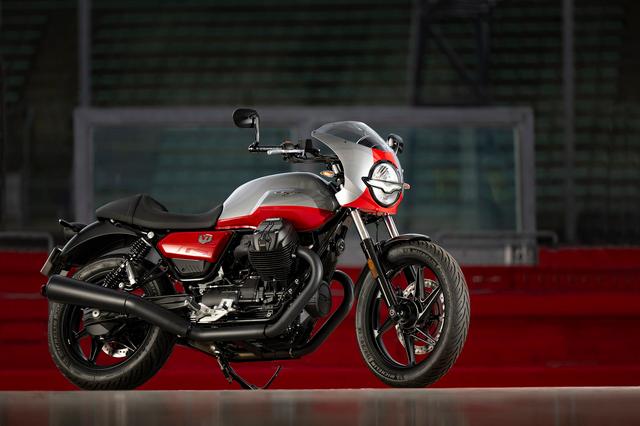Kawasaki Ninja e-1 and Z e-1 electric bikes priced from £7,799
Kawasaki's first electric motorcycles have landed in the UK to provide a plug-in alternative to the brand's 125s

Kawasaki's first electric motorcycle models have arrived in the UK with a starting price of £7,799 for the Z e-1. The fared Ninja e-1 meanwhile is £8,299.
That's significantly more than the combustion-powered Z 125, which comes in at £4,299, while a Ninja 125 is £4,699. The bikes are much closer to the recently revealed Maeving RM1S, though, which is £7,495.
The Akashi marque officially launched its first electric motorcycles last year, with demo rides at the Suzuka 8 Hours, and an official unveiling at EICMA last November. Almost one year on, the Kawasaki Ninja e-1 and Kawasaki Z e-1 are arriving in Kawasaki UK dealers.
.jpg?width=1600)
Both fitting into the 125cc category and featuring the same powertrain, the main differentiation between the Ninja e-1 and Z e-1 is the category-determining visuals, with the Ninja taking, of course, a faired, sports bike approach, and the Z covering the naked market.
The brushless motor at the heart of the powertrain is rated at 5kW (6.7bhp) nominal power (9kW/12.1bhp maximum) and 29.9lb ft of torque. Additionally, the dual batteries are both removable and connected in parallel, which Kawasaki says delivers “the advantage of more efficient charge usage,” compared to connecting in series. (Using series or parallel formatting does not change the available energy, but connecting in series adds the voltages together whereas connecting in parallel adds the capacities together.)
.jpg?width=1600)
Each battery offers a nominal capacity of 30Ah, meaning there is a total capacity in each bike of 60Ah thanks to pairing up the batteries. With a nominal voltage of 50.4V, the maximum energy that can be stored in a pair of batteries is 3.024kWh. It is not common for electric bikes to come with a quoted energy consumption, but Kawasaki quotes 49Wh/km, which suggests a range of 61.7km (38.3 miles), although Kawasaki quotes 72km in WMTC Class 1 conditions. Each battery weighs 11.5kg, and takes 3.7 hours (three hours and 42 minutes) to charge.
There are two selectable riding modes on each bike, Eco and Road, and this is where the performance begins to differ between them. Where the Ninja e-1 has a top speed 64kph (40mph) on Eco mode, the Z e-1’s Eco top speed is 62kph (39mph). These are able to be boosted, using an ‘E-Boost’ mode that is selectable via a TFT display, to 75kph (47mph) and 72kph (45mph), respectively. In Road mode, the NInja can do 88kph (55mph; 99kph/62mph on E-Boost), and the Z can do 85kph (53mph; 99kph/62mph on E-Boost).
.jpg?width=1600)
In terms of the chassis, Kawasaki relies on a steel trellis frame on both bikes, and the brakes and suspension is identical on both models, too. Both receive a single, 290mm front brake disc with a dual-piston calliper; a single, 220mm rear brake disc with a dual-piston calliper; 41mm telescopic front forks; and a bottom-link Uni-Trak, gas-charged rear shock, with spring preload adjustability.
The Ninja (140kg) is 5kg heavier than the Z (135kg), the seat height for both is 785mm, and the wheelbase is identical at 1,370mm. Ground clearance is 10mm higher on the Z (170mm) than the Ninja (160mm), but wheel travel is identical between the bikes, with 133mm on the rear and 120mm on the front. They also roll on identical 100/80-17M/C 52S (front) and 130/70-17M/C 62S (rear) tyres.
.jpg?width=1600)
Head to the Kawasaki website to find out more, and to find your nearest dealer.

.jpg?width=1600)